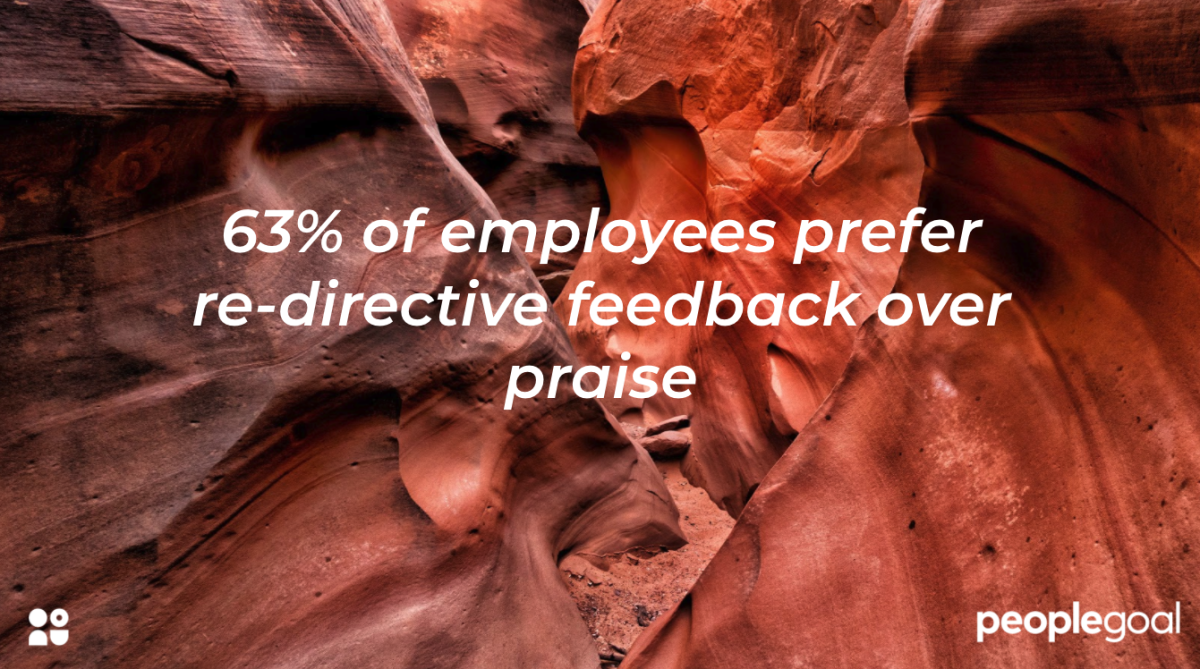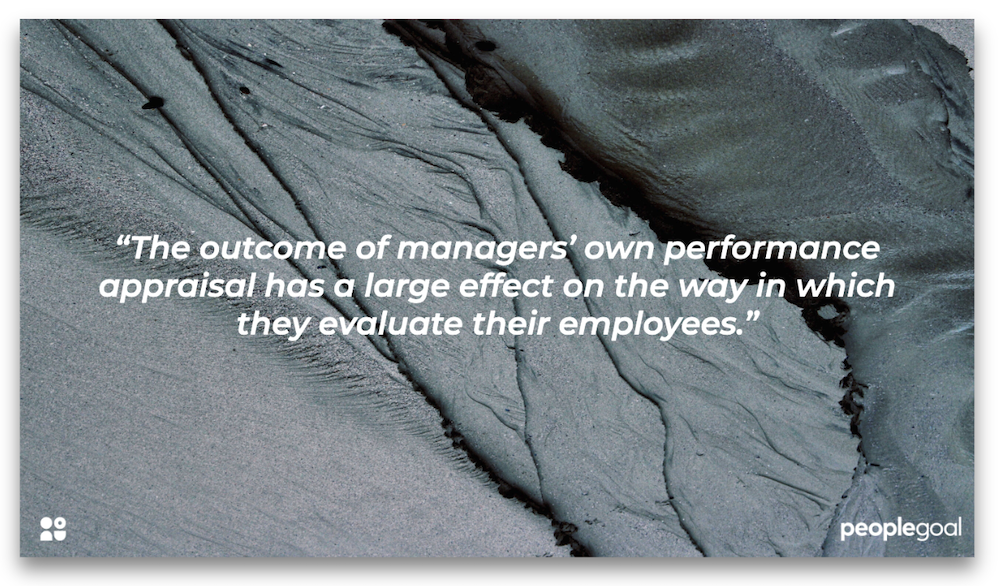The effects of performance appraisal on employees are more than debatable. For a long time the overall consensus, at least amongst scholars, was that performance appraisals, generally, have a positive effect on employee performance – amongst other organizational outcomes including productivity, citizenship behavior, satisfaction and engagement. However, there are also conflicting sentiments, deeming them outdated, unjust, disruptive; too simplistic, subjective or harsh.
There are three main theories that the effects of performance appraisals on employees are hinged upon: Social Comparison Theory, Feedback Intervention Theory and Learning Goal Orientations.
Social Comparison Theory
Social Comparison Theory suggests that when individuals judge their own performance, they tend to compare themselves or their work to those around them, suggesting that people are not so much concerned about their performance in an absolute sense, but how it measures up in relation to relevant peers. Hence, performance appraisals are founded on the belief that employees will improve their performance when faced with unfavourable comparative information. This theory is problematic, which we will go onto discuss later .
Feedback Intervention Theory
Feedback Intervention Theory suggests that when confronted with a discrepancy between what they wish to achieve and the feedback received, individuals are strongly motivated to attain a higher level of performance. At least, that’s the part that advocates of performance appraisals will tell you. First proposed by Kluger and DeNisi, FIT is a hybrid theory, drawing from a number of other behavioral theories (e.g. control theory, social-cognitive theory) to build a picture of how different types of feedback can be both positively and negatively received and thus affect performance in conflicting ways.
Goal Orientations
Goal Orientations posit that there are three types of people in the workplace, and likely the world. If we were transported into a sort of bureaucratic dystopian nightmare (or fantasy, depending on your views), people would either be labelled LGO, PPGO or PAGO.
The former are learning-goal orientated, view ability as malleable and desire to develop the self by acquiring new skills and mastering new situations. Those with performance-prove goal orientation (PPGO) are more concerned with demonstrating their competence, seek and only work to be positively evaluated, and thus avoid tasks that pose a risk of error. Despite being the only ones with a legitimate name, the PAGOs of society (performance-avoidance goal orientation) strive only to avoid negative judgments from others.
Whilst these theories can be used to promote the effects of performance appraisals on employees, there is plenty of research seeking to explain the circumstances in which they can have adverse effects on employees.
Even the thickest-skinned employees are crushed by negative feedback
According to the a Washington Post study, data was collected on their goal orientations along with their satisfaction with the merit-based performance appraisal they had received 3 months prior.
Culbertson and his team hypothesized that those with the strongest performance goal orientations, i.e. more concerned with how others viewed their work, would report the most negative feelings regarding negative feedback, and right they were.
Here’s the but though.
The other focus group, the learning goal-orientated, were equally unhappy with the feedback.
This unexpected finding, amongst many others, stresses the importance of better understanding individual differences that influence reactions to performance appraisals, and moreover, how to design them in a way that actually induces a certain goal orientation within the ratee so they receive it more favorably.
Competition isn’t always healthy
Many annual performance appraisals involve a grading system known as stack ranking, also referred to as an employee performance vitality curve.
According to a 2012 Vanity Fair report, “2 stack ranking was what crippled Microsoft’s ability to
Innovate” and reportedly the employees at Adobe became so fixated with outperforming colleagues, as opposed to the business’ competitors, it effectively dismantled teamwork altogether, a principle Adobe prides itself on.
“Adobe employees felt compelled to strategically ensure they ranked among the top 15 percent (and) maximize individual success, often at the expense of the team.”
Because only a max of 15 percent of employees can be listed as top performers, this format of evaluating employee performance can have a negative effect and in fact, harm the health of your organizational atmosphere and work culture.
Check your content, check your delivery and, most definitely, check the receiver
Remember when we spoke about Feedback Intervention Theory, and how it paints a picture?
Well here’s the picture:

Confused much?
Fear not, breaking down complex psychological paradigms into bite-sized chunks is kind of our specialty here at PeopleGoal. So here it goes…
Kluger et al. proposed three levels of thought process that define individuals reactions to a feedback intervention; meta task processes, focal task processes and task detail.
Kluger stated that feedback that focuses on comparing an employee to their peers, will invoke an emotional response (i.e. a meta-task process) and thus result in them rejecting the feedback, feeling angry and/or disappointed and shift their attention away from tasks.
On the other hand, if feedback provides specific information “about the task and goals to be achieved; potential actions to improve performance; monitoring of performance over time; and feedback that is perceived to be objective (such as that provided by a computer)” it will invoke learning processes to complete the task (focal task processes) and improve performance.
As you can see in Figure 1, the cues of the intervention, nature of the task and personal characteristics all determine what processes will be triggered. For example, if a task or job is more cognitively demanding, then feedback can be less effective as the objective measures lack test-retest reliability (Sturman et al., 2005)
In the situational characteristics section, the box labelled ‘rapid improvement’ refers to a small group of people who receive very negative feedback and then turn it around in a very short period of time. These individuals are likely to continue trying to change their behavior and likewise, if there is a very slow improvement in performance, the chance of them abandoning the goal altogether is more probable.
Know your audience
Kluger also suggested that individuals who have high self-efficacy are more likely to be motivated to change their behavior, meaning feedback may be more effective for these individuals. They also suggest that individuals who are anxious are more likely to experience cognitive interference, meaning their attention will be taken away from the task, and feedback is likely to be less effective.
Among the other personality variables that affect reaction to feedback are self-esteem (Ilgen
et al 1979), locus of control and altruism (Korsgaard et al 1994). Such findings led to the belief that reactions to feedback, rather than the feedback itself, influence performance.
Keep it fair
Research has demonstrated that when procedures are perceived as just, reactions are favourable, largely irrespective of the outcome. This is called the fair process effect and indicates ‘the perceived fairness of decision-making processes and the degree to which they are
consistent, accurate, unbiased, and open to voice and input’ (Colquitt et al 2013).
Be Objective
Quantifying anything regarding human behavior is always tricky, you want to make sure your system is not oversimplifying something that is actually rather complex.
For this reason, the uniform grading system, i.e. the five-point scale, is probably one of the worst ways of measuring employee, or any human potential for that matter.
One study (Bartol et al, 2001) found that rating segmentation (that is, the number of alternative appraisal categories available for rating employee performance) affect employees’ perception of fairness and resulted in higher self-efficacy. Moreover, negative responses were associated with a forced distribution rating system used for administrative purposes, especially when there was reduced variability in ratees’ task performance (Schleicher et al 2009).
Keep it positive
Research demonstrates that employees who receive feedback that focuses only on positive aspects (such as the employee’s strength and accomplishments)perform significantly better on the job four months later than employees who receive a traditional performance appraisal interview (Budworth et al 2015).
The closer the knit the tighter the fit
LMX theory states that managers often have a special relationship with an inner circle of trusted employees, to whom they give higher levels of responsibility, decision influence and access to resources. Research shows that the closer the relationship of the rater to the ratee, or quality of leader–member exchange is a strong predictor for the positive effects of performance appraisal on employees(Elicker et al 2006).
This might mean you have to take more of a paternalistic, or humble approach to leading to ensure you are maintaining close-knit relationships with your employees.
Verdict
Much like your grandma’s precious vase, performance appraisals need to be handled with care. Depending on how you deliver it and who you deliver it to, the effects of performance appraisal on employees will vary massively. If you want to ensure it’s a positive effect, attentively consider the above questions, cues and personality factors that could play either a mediating or moderating role in the appraisal process and give yourself enough time to manipulate them in your favor.
https://www.gsb.stanford.edu/gsb-box/gsb-box-get-box-doc/370511/free
https://www.ncbi.nlm.nih.gov/pmc/articles/PMC6371234/pdf/2951980.pdf
Ready to 3x Your Teams' Performance?
Use the best performance management software to align goals, track progress, and boost employee engagement.





